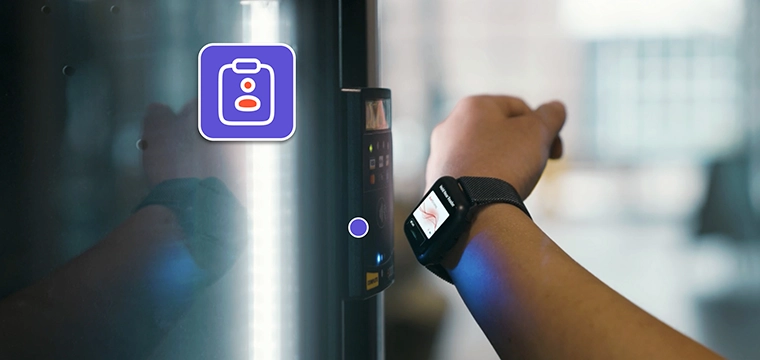
Whether viewed as sci-fi, Orwellian, or other, most observers agree that our day-to-day use of biometrics will increase rapidly over the next few years. On campus, the reality is that biometric implementations are likely even more immediate. That means you should get involved, or at least pay attention.
In the context of campus programs biometrics are simply any measurable characteristics of your body that can be used as an identifier. Most people view the biometric as an extension of the numerous identities already used on campus. As programs strive to provide additional security and convenience, biometrics offer new set of solutions.
Several biometric vendors have realized that the easiest path to success comes from adding to, rather than replacing existing systems. This is especially true in security applications where infrastructure is costly and difficult to change. They developed biometric components designed for integration with your current infrastructure. While not quite plug and play, these offerings do significantly lower barriers to implementation.
With that in mind, here are three examples for biometric implementations that can let you realistically begin deployments on your campus. We call them bolt-on biometrics because they can likely attach to your current campus card infrastructure with relative ease.
Physical security is a great place for initial biometric exploration. Even if your campus card or identity program does not work directly with security today you still can have a role and benefit from early work with bolt-on biometrics.
Before your biometric test drive, pick your population. Biometrics shine for small population, high security applications. Your campus may be host to a high profile or high-risk lab with very limited access. Or likely you have a secure computing facility that requires tight control. If you do not already have groups or areas that have expressed interest in biometrics, these offer some possible test beds.
Once you have a likely location, pick your biometric. For brevity’s sake, this discussion covers three specific options. Each was chosen because it can attach to a wide range of access control systems without substantial software integration-thus the concept of bolt-on biometrics. Of course, your security provider may have other components available and you should consider all your options.
Each of our bolt-on biometrics provides multiple methods of communicating with access control systems, or even operating as independent access control systems. Several different biometrics are being aggressively promoted for both security and transactions with technology from dozens of vendors. Two popular choices are finger scanning technology from Bioscrypt and hand geometry solutions from IR Recognition Systems.




